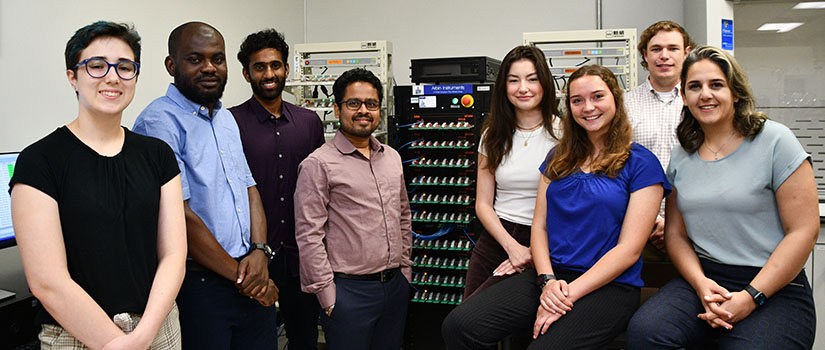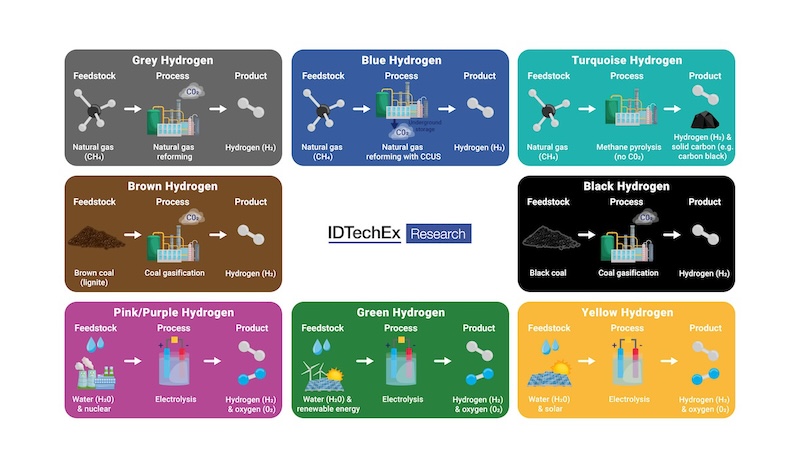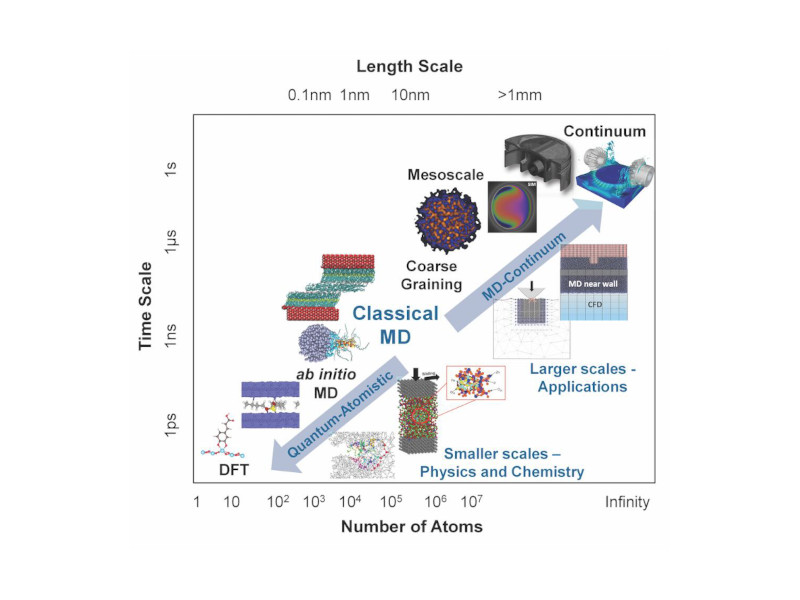As the electrical power grid in the U.S. continues to decarbonize through the efforts of utilities and individual companies, the carbon intensity of electric arc furnace (EAF) steelmaking will drop to even lower levels.

Energy Management Insights
- Steel produced by electric arc furnace (EAF) steelmakers in the U.S. has a carbon intensity that is 75% lower than traditional blast furnace steelmakers according to the CRU Group.
- The average Scope 1 and Scope 2 GHG emissions intensity at the crude and hot-rolled steelmaking phases is 75% lower for EAF steelmakers compared with blast furnace steelmakers.
- This is part of a larger effort to decarbonize in general throughout the world through government and private initiatives and these results reflect the larger global trend.
Steel produced by electric arc furnace (EAF) steelmakers in the U.S. has a carbon intensity that is approximately 75% lower than traditional blast furnace steelmakers. This is the finding of an independent study of steelmakers worldwide conducted by CRU Group, a global business intelligence firm specializing in metals manufacturing. The study was released today by the Steel Manufacturers Association (SMA), the largest steel association in the U.S., representing the EAF steel industry and over 70% of steel made in the U.S. The study marks a new milestone in objectivity, accuracy and comprehensiveness of measurement for greenhouse gas (GHG) emissions by the steelmaking industry.
“Something that can’t be measured can’t be managed, and our new study conclusively measures and validates how using recycled scrap-based EAF technology is the most sustainable means of producing steel today,” said Philip Bell, president, SMA. “Using an established, proven steelmaking process, EAF producers are making steel at far lower carbon-intensity levels than traditional steelmakers around the globe. There is a lot of inaccurate and misleading information about steelmaking, and we believe this independent study will help further our efforts to achieve a low carbon future.”
Study methodology and major findings with EAF
The study was conducted from November 2021 to June 2022 and was independently managed by CRU. This included researching a majority of the world’s steelmaking companies and industry data sources, surveying various steelmaking players through anonymous methods, and synthesizing data from a multitude of private, industry and government resources. Throughout the study, CRU adhered to definitions and practices established by the Intergovernmental Panel on Climate Change (IPCC), the United Nations body for assessing the science related to climate change. An executive summary of the study is available at https://steelnet.org/steelmaking-emissions-report-2022/ .
Among the study’s major findings, the average Scope 1 and Scope 2 GHG emissions intensity at the crude and hot-rolled steelmaking phases is 75% lower for EAF steelmakers compared with blast furnace steelmakers. Although the Paris Agreement and industry standards exclude Scope 3 emission in the supply chain, blast furnace producers crude steelmaking GHG intensity is still 210% higher than EAF steelmakers and 189% higher at the hot-rolled steelmaking phase when including all three scopes.
“Sustainability has become one of the most important issues in business today, and the steelmaking industry has long faced the challenge of being incorrectly perceived as one that relies on antiquated, inefficient and highly polluting processes,” said Mark Millett, chairman, SMA, and co-founder, chairman and CEO, Steel Dynamics. “This new study, which has been long overdue, raises the bar for the way we validate our progress in this area. EAF steel offers the greenest, safest and most energy-efficient method of steelmaking, and our latest study makes our argument and evidence for this significantly stronger and clearer.”
Blast furnace steel, which represents about 70% of global steel manufacturing, is produced at large steel plants that use coal to melt raw materials into iron and then process it into steel. EAF steel, which represents approximately 70% of steelmaking in the U.S., is produced at steel plants that primarily use electricity and recycled ferrous scrap to make steel, resulting in a lower carbon emission and less energy-intensive process. As the electrical power grid in the U.S. continues to decarbonize through the efforts of utilities and individual companies, the carbon intensity of EAF steelmaking will drop to even lower levels.
For more information about the study, access the executive summary at https://steelnet.org/steelmaking-emissions-report-2022/ .



